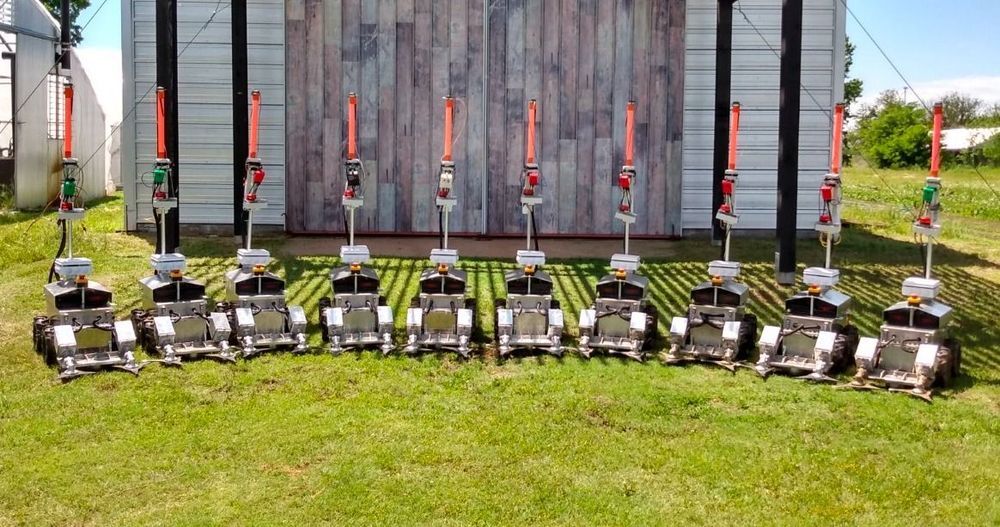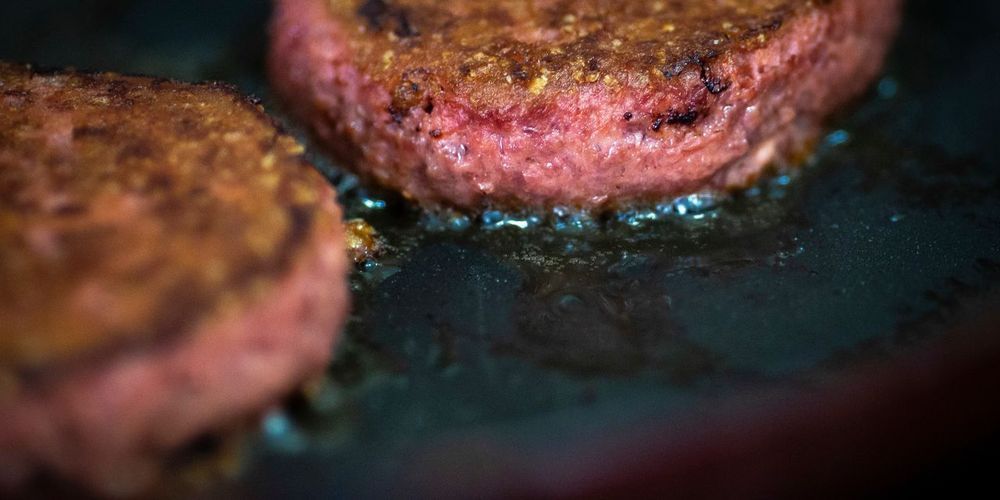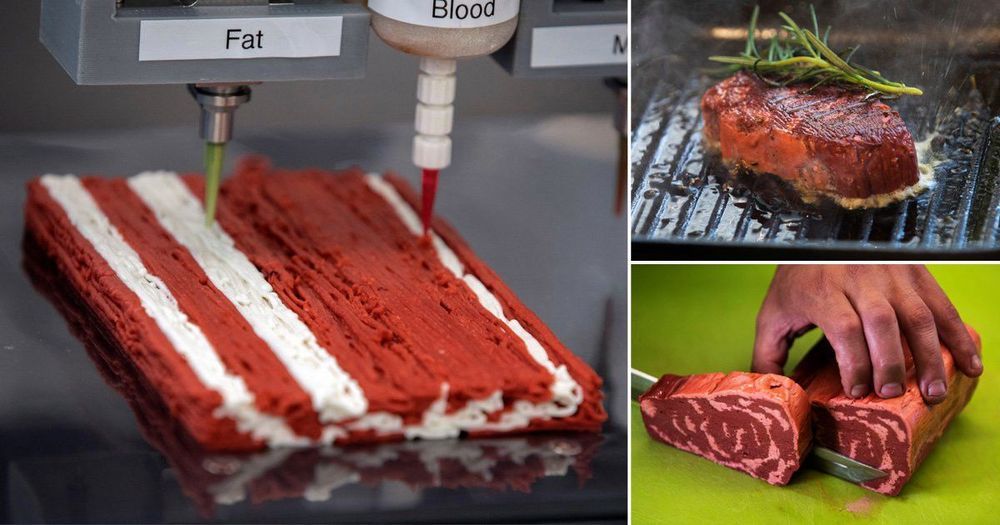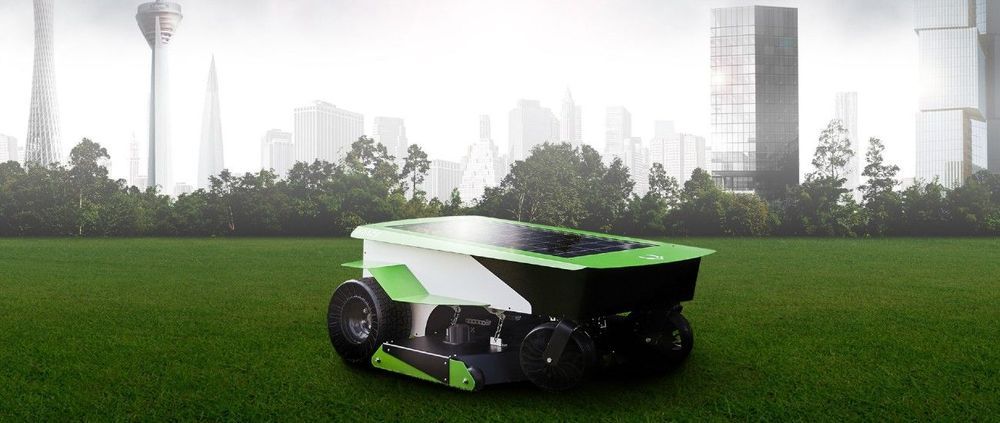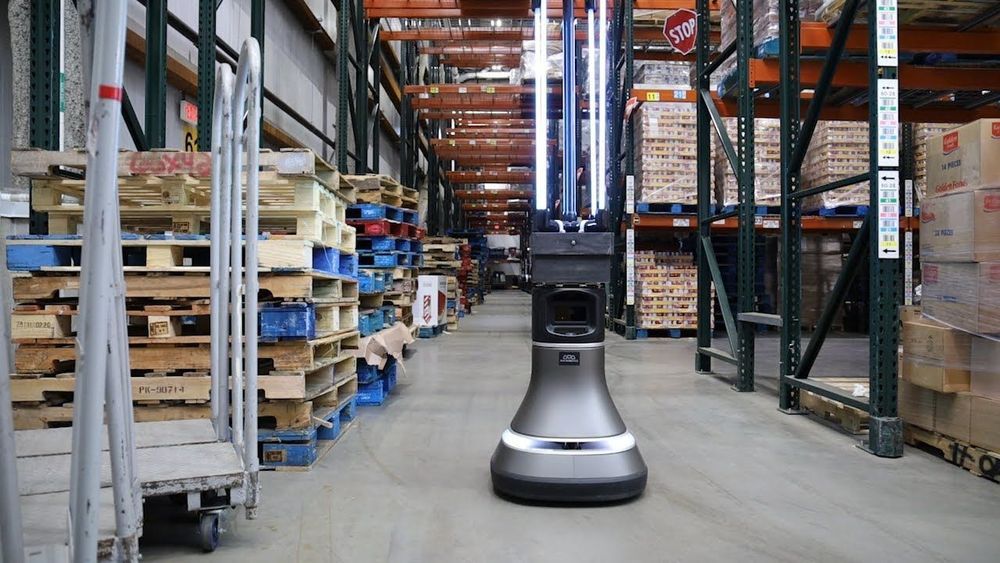Jul 7, 2020
Researchers Create Shiny Rainbows of Nanotech Chocolate
Posted by Quinn Sena in categories: biotech/medical, food, nanotechnology
While so many of us are working at home during the coronavirus pandemic, we do worry that serendipitous hallway conversations aren’t happening.
Last year, before the pandemic, it was one of those conversations that led researchers at ETH Zurich to develop a way of making chocolates shimmer with color—without any coloring agents or other additives.
The project, announced in December, involves what the scientists call “structural color”. The team indicated that it creates colors in a way similar to what a chameleon does—that is, using the structure of its skin to scatter a particular wavelength of light. The researchers have yet to release details, but Alissa M. Fitzgerald, founder of MEMS product development firm AMFitzgerald, has a pretty good guess.

